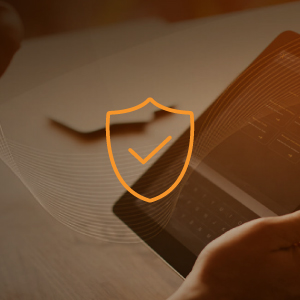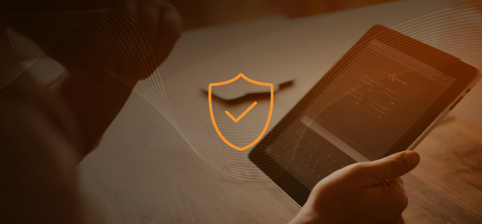As state and federal agencies begin exploring hybrid workplace models and planning on how to keep employees safe as the COVID pandemic continues to evolve, compliance is a critical piece of the puzzle. Office reopening plans are only as successful as their implementation, and government organizations must be able to ensure that whatever precautions they put into place—from requiring masks and social distancing to keeping remote or revolving workstations secure—are effective.
One emerging solution employs facial recognition software to ensure that COVID-era guidelines are being followed. This low-budget solution takes advantage of existing cameras within the workspace and emerging facial recognition technology that distinguishes individual faces with and without masks, providing users with automated reports and insights on the safety of their workspaces.
Monitor mask compliance
Wearing masks in an office environment is one key to facilitate the safe return to in-person operations, but monitoring and compliance is critical to ensuring the policy is effective, especially in large government buildings. Establishing checkpoints is one way to demonstrate compliance, but that approach isn’t necessarily efficient or effective—it requires manned stations throughout the facility, and employees can still remove their masks once they’ve passed the checkpoint.
 Instead, workplaces can turn to cutting-edge facial recognition software—which, in the time of COVID, has been adapted to recognize masks as objects and can differentiate individuals both with and without masks. This technology can extract valuable information from the video feeds of existing cameras and can operate around the clock without the need for additional personnel.
Instead, workplaces can turn to cutting-edge facial recognition software—which, in the time of COVID, has been adapted to recognize masks as objects and can differentiate individuals both with and without masks. This technology can extract valuable information from the video feeds of existing cameras and can operate around the clock without the need for additional personnel.
Such software enables users to compile reports on mask-wearing within the workplace, pinpoint areas or situations where employees are more likely to remove their masks, and identify individuals who repeatedly remove their face coverings. These insights allow organizations to shape and strengthen their mask-wearing policies and demonstrates compliance within the workplace.
Ensure social distancing
Another key COVID-era workplace policy is social distancing, which presents its own challenges in bustling hallways, conference rooms, and other communal areas. Proper distancing can be especially hard to enforce in situations where employees are moving about or passing through.
Software automation can be used to identify infractions and bottlenecks by analyzing the camera feeds for reoccurring instances of congregating. Workplaces can use this insight to pinpoint areas where social distancing is hard to maintain and implement changes to reduce bottlenecks or manage the number of people in one part of the facility.
Identify remote workers
While state and federal organizations are working towards bringing more of the workforce back into the office, flexible and remote work will continue to be critical for keeping employees safe and healthy. Most organizations have implemented telework policies including a VPN and secure authentication, but facial recognition software can ensure that only the authorized individual is sitting at the terminal for the duration of the session.
While a user is logged into a secure session, the software can use the computer’s camera to send regular images of the user to the server for automated monitoring. If the user steps away from the computer and there is no face detected in the images, the software can automatically terminate the session. Similarly, if the user steps away and another person takes their place, the software can identify the switch and end the session as well, ensuring that only the authorized user has access to the VPN.
Like many organizations, government agencies have had to pivot their operations to keep employees safe during COVID. As workplaces start figuring out how safely bring more employees back into the office, policies and compliance must work in tandem to reduce the spread of COVID as much as possible. Facial recognition software is an easy way to use existing infrastructure to assess just how safe the workplace is—whether it’s in office or remote—and adjust policies if needed.
Software company piXlogic has adapted its facial recognition technology to overcome the challenge of detecting masked faces and can identify individuals, with or without masks, at a high degree of reliability and accuracy. piXlogic has structured its software to seamlessly count masked and unmasked individuals and provide reports on compliance with COVID precautions within the workplace.
Learn more about how piXlogic is helping organizations return to work safely.







